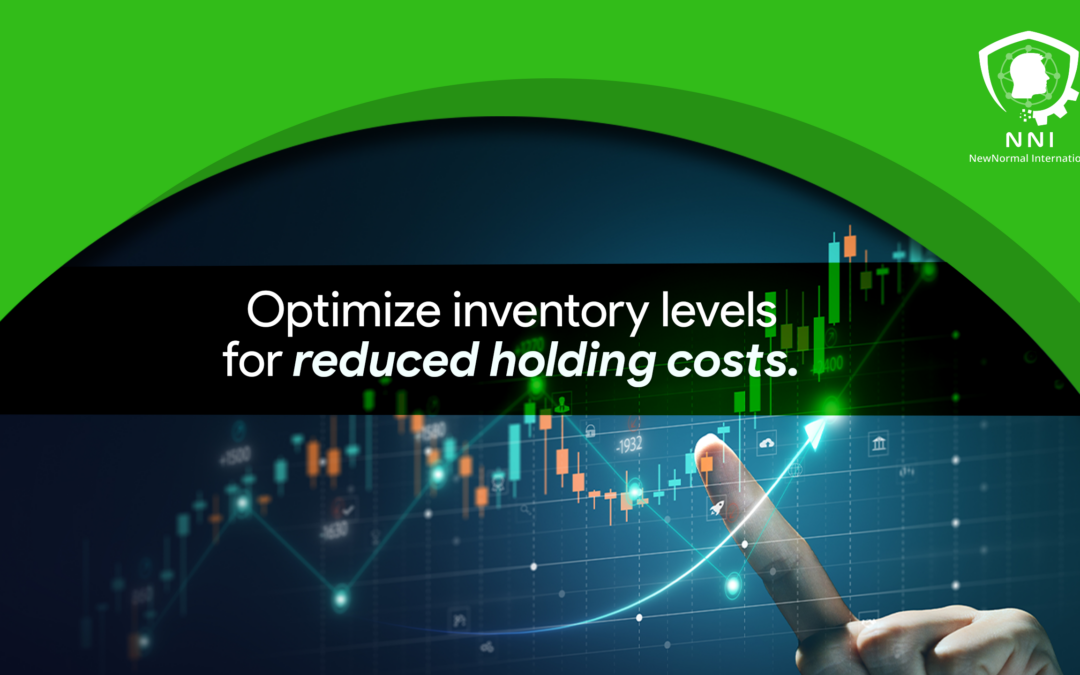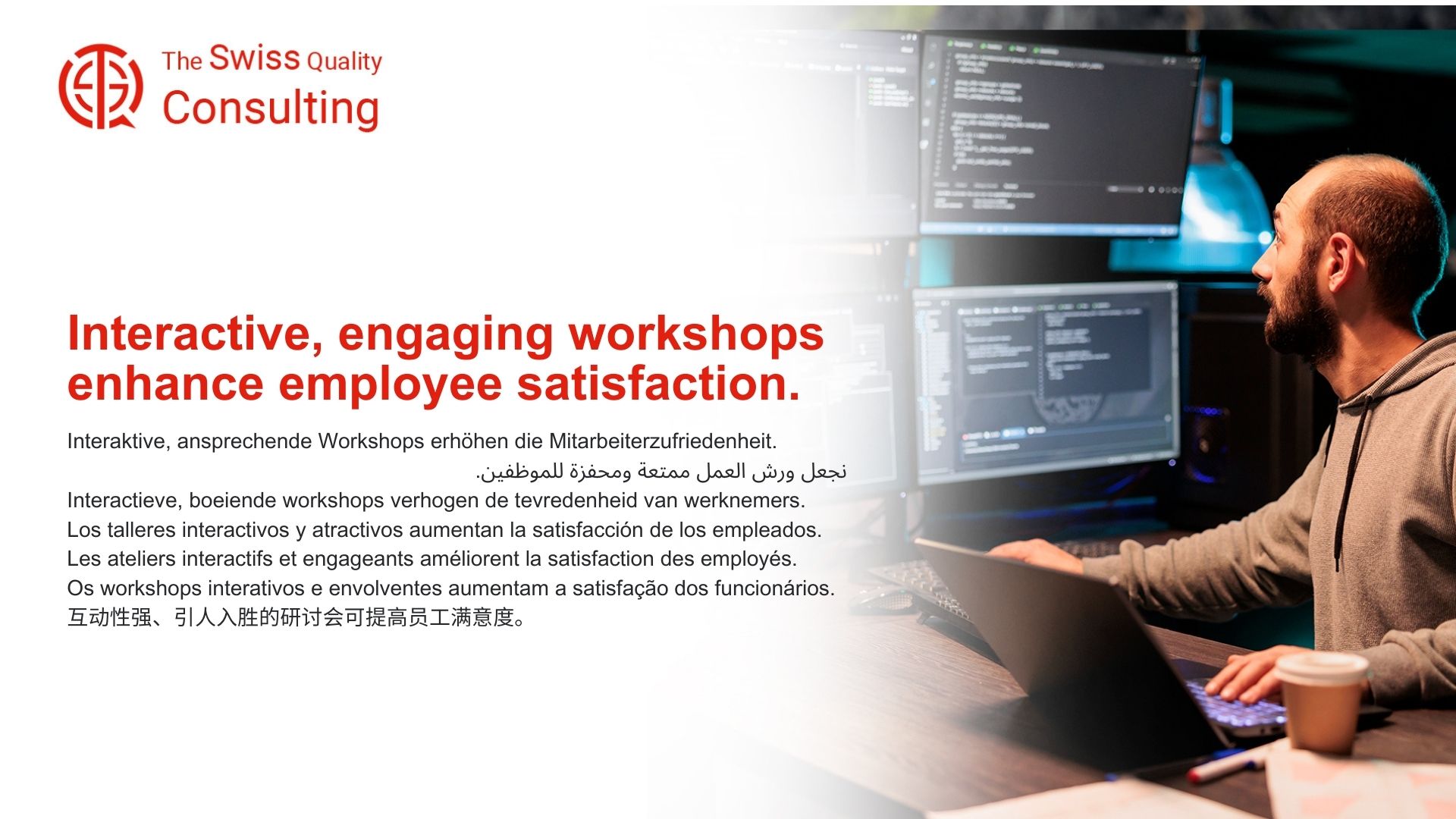Strategic Inventory Management for Cost Reduction
In today’s competitive business environment, the ability to Inventory Optimization levels for reduced holding costs is crucial for maintaining operational efficiency and financial health. This article explores the strategies and benefits of effective inventory management and how it contributes to minimizing costs and maximizing profitability.
Importance of Inventory Optimization in Business
Effective inventory management transcends mere balancing acts; it serves as a strategic imperative for orchestrating unwavering inventory agility, building a future-ready enterprise, and empowering businesses to dance with the ever-changing rhythms of demand and supply. This transformative approach empowers organizations to:
1. Achieve Unprecedented Demand Visibility and Outsmart Uncertainty: By leveraging advanced data analytics, machine learning algorithms, and real-time market insights, businesses can crack the code of customer behavior, predict demand fluctuations with pinpoint accuracy, and anticipate unforeseen disruptions. This minimizes reactive scrambling, optimizes stock levels across product lines, and fosters unwavering agility in the face of dynamic market forces.
2. Minimize Holding Costs and Eliminate Wasteful Stockpiling: Precise demand forecasting empowers businesses to maintain optimal inventory levels, reducing the burden of excess stock. This minimizes storage costs, minimizes insurance premiums, mitigates the risk of obsolescence, and frees up valuable resources for growth initiatives.
3. Eradicate Stockouts and Deliver Seamless Customer Experiences: By anticipating demand peaks and valleys with unwavering precision, businesses can eliminate the frustration of stockouts and ensure product availability when customers need it most. This builds trust, fosters brand loyalty, and drives sales by delivering on the promise of consistent, reliable fulfillment.
4. Optimize Logistics and Streamline Supply Chain Operations: With precise inventory forecasts guiding the way, businesses can streamline logistics planning, negotiate better deals with suppliers, and optimize transportation routes. This minimizes lead times, reduces operational costs, and fuels agility throughout the entire supply chain ecosystem.
5. Fuel Innovation and Embrace Dynamic Product Assortments: Accurate demand forecasting empowers businesses to experiment with new product lines, test innovative offerings, and adapt their inventory strategies in real-time. This fosters a culture of innovation, maximizes return on investment, and allows businesses to pivot with lightning speed to capitalize on emerging trends.
6. Secure a Competitive Advantage and Rule the Retail Battlefield: By prioritizing unwavering inventory agility, minimizing holding costs, eradicating stockouts, optimizing logistics, fueling innovation, and embracing dynamic product assortments, organizations gain a significant competitive advantage by exceeding customer expectations, minimizing waste, and outperforming rivals in the realm of efficient inventory management.
7. Build a Future-Ready Enterprise and Embrace Unwavering Adaptability: Investing in robust forecasting technologies and cultivating a culture of data-driven decision-making future-proofs businesses by equipping them with the necessary tools and mindset to navigate the turbulent waters of dynamic demand and evolving customer preferences. This ensures long-term viability, safeguards against unexpected market shifts, and empowers organizations to continuously evolve their inventory management frameworks for enduring success.
Beyond Balancing Stock: A Foundation for Unwavering Inventory Agility and Enduring Growth:
By embracing the transformative power of hyper-precise demand forecasting and adopting a data-driven approach to inventory management, organizations unlock the true potential for achieving unwavering inventory agility, a future-ready enterprise, and enduring growth. This empowers them to outsmart uncertainty, minimize waste, deliver seamless experiences, optimize operations, fuel innovation, secure a competitive advantage, and build a future-ready enterprise, ultimately building a future where their inventory dances to the tune of demand, their agility becomes their superpower, and their growth is fueled by the unparalleled power of wielding the magic of forecasting to outmaneuver any market challenge.
Embrace the transformative power of hyper-precise demand forecasting and embark on a journey towards a future where your inventory sings in perfect harmony with your customers’ desires, your supply chain flows with unwavering efficiency, and your growth is a testament to the unparalleled power of dancing with the ever-changing rhythms of demand and supply with unwavering agility and confidence.
Change Management in Implementing Inventory Optimization Strategies
Adopting inventory optimization strategies requires a change management approach. This process involves assessing current inventory practices, implementing advanced inventory management systems, and aligning these changes with overall business objectives. Change management ensures that all stakeholders understand and adapt to new inventory processes, leading to a smoother transition and more effective results.
Executive Coaching for Inventory Management Leadership
Leadership is vital in driving successful inventory optimization initiatives. Executive coaching can empower leaders with the skills to oversee inventory management strategies effectively. Coaching focuses on developing leaders’ abilities to analyze inventory data, make informed decisions, and implement efficient inventory control measures.
Effective Communication in Inventory Management
Clear communication is key to the success of inventory optimization efforts. It involves conveying the importance of inventory management to team members, training them in new inventory processes, and ensuring that everyone understands their role in maintaining optimal inventory levels. Effective communication fosters a collaborative environment and ensures alignment with inventory management goals.
Leveraging Technology for Inventory Optimization
Technological advancements, particularly in inventory management software, play a significant role in optimizing inventory levels. These tools offer features like real-time inventory tracking, automated reordering, and predictive analytics, enabling businesses to maintain optimal inventory levels efficiently. By leveraging technology, businesses can reduce holding costs, improve order accuracy, and enhance overall operational efficiency.
Conclusion: Achieving Operational Excellence through Inventory Optimization
In conclusion, optimizing inventory levels for reduced holding costs is a strategic imperative for businesses aiming to improve their operational and financial performance. Effective inventory management not only minimizes costs but also supports better customer service and enhances business agility. By prioritizing inventory optimization, businesses can achieve sustainable growth and a competitive edge in the market.
#InventoryManagement, #CostReduction, #OperationalEfficiency, #BusinessStrategy, #TechnologyIntegration






















